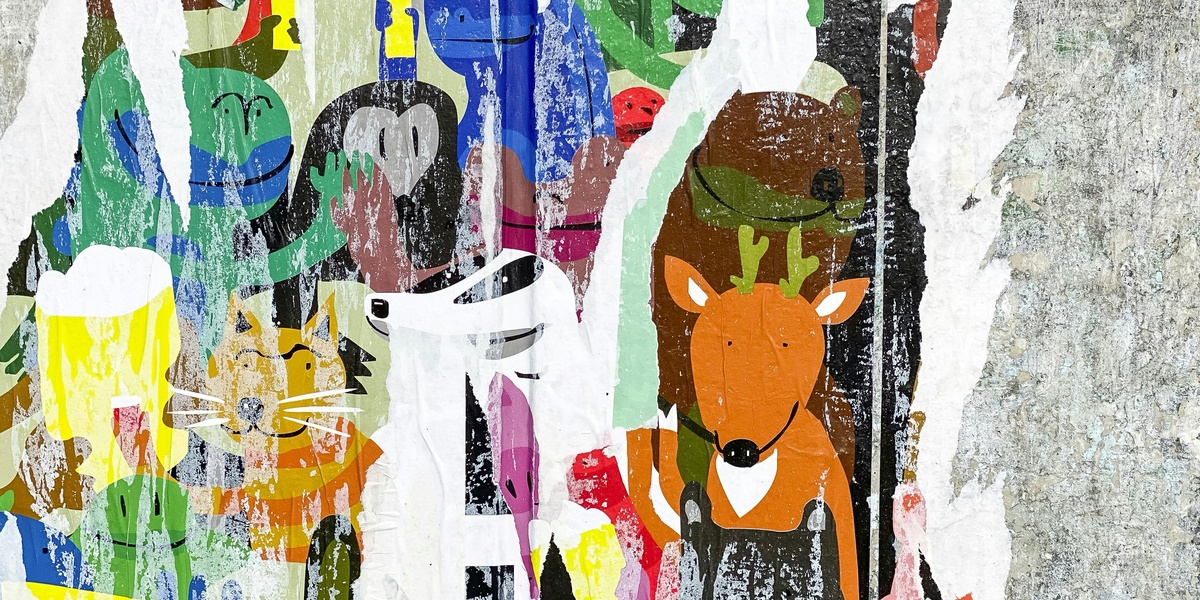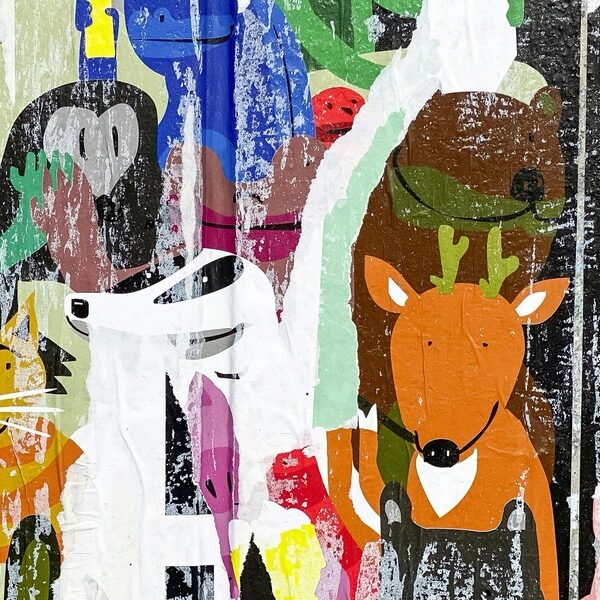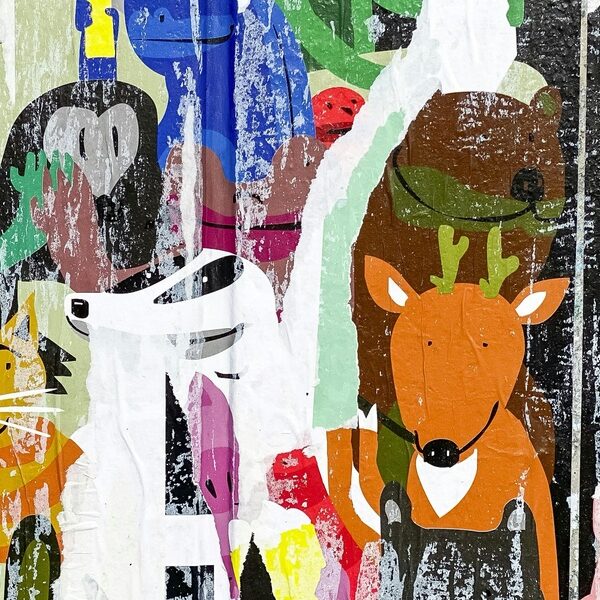This list includes 29 Common Animals that start with K, from “Kakapo” to “Red Knot”. It covers birds, mammals, reptiles, and fish with widely used common names for quick learning and reference. You can use it for classroom lists, nature walks, or homework and quick identification.
Common Animals that start with K are animals whose widely used English names begin with the letter K. One notable example, the kakapo, is a flightless parrot that highlights how K species can be ecologically unique.
Below you’ll find the table with common name, scientific name, order, and habitat/distribution (brief).
Common name: The familiar English name helps you quickly recognize and communicate about each animal in everyday contexts.
Scientific name: The Latin binomial lets you find exact species information and avoid confusion between similar common names.
Order: The taxonomic order groups animals by broader biological relationships, useful for understanding traits and comparisons.
Habitat/distribution (brief): A short note on where each animal lives helps you place it geographically and ecologically.
Methodology note: This list favors widely used common names and standard scientific names for clarity and global relevance.
See the A–Z index page to browse other letters and complete the full alphabet series.
Common Animals that start with K
| Common name | Scientific name | Order | Habitat/Distribution |
|---|---|---|---|
| Kangaroo | Macropus | Diprotodontia | Australia; grasslands, woodlands, and scrublands. |
| Koala | Phascolarctos cinereus | Diprotodontia | Eastern Australia; eucalyptus forests. |
| Komodo Dragon | Varanus komodoensis | Squamata | A few Indonesian islands; tropical savanna forests. |
| Kookaburra | Dacelo novaeguineae | Coraciiformes | Eastern Australia; eucalyptus forests and woodlands. |
| Kiwi | Apteryx | Apterygiformes | New Zealand; native forests, scrublands, and grasslands. |
| King Cobra | Ophiophagus hannah | Squamata | South and Southeast Asia; forests and plains near water. |
| Killer Whale | Orcinus orca | Cetacea | All world oceans, from polar to tropical seas. |
| Kudu | Tragelaphus strepsiceros | Artiodactyla | Eastern and southern Africa; savanna woodlands and bushlands. |
| Kestrel | Falco tinnunculus | Falconiformes | Europe, Asia, and Africa; open country, farmlands, and cities. |
| Kingfisher | Alcedinidae | Coraciiformes | Worldwide except polar regions; near rivers, lakes, and coasts. |
| Krill | Euphausiacea | Euphausiacea | All world oceans, especially Antarctic waters. |
| Kakapo | Strigops habroptilus | Psittaciformes | Predator-free islands in New Zealand. |
| Kea | Nestor notabilis | Psittaciformes | New Zealand’s South Island; alpine regions. |
| Killdeer | Charadrius vociferus | Charadriiformes | North and South America; open ground like fields and parking lots. |
| King Penguin | Aptenodytes patagonicus | Sphenisciformes | Subantarctic islands; breeds on beaches and in valleys. |
| Kinkajou | Potos flavus | Carnivora | Central and South America; tropical rainforest canopies. |
| Kirk’s Dik-dik | Madoqua kirkii | Artiodactyla | Eastern and southern Africa; shrublands and savannas. |
| Kit Fox | Vulpes macrotis | Carnivora | Southwestern US and northern Mexico; arid and semi-arid regions. |
| Klipspringer | Oreotragus oreotragus | Artiodactyla | Eastern and southern Africa; rocky outcrops and mountains. |
| Red Knot | Calidris canutus | Charadriiformes | Global; breeds in Arctic, migrates to southern coasts. |
| Kob | Kobus kob | Artiodactyla | Sub-Saharan Africa; savannas and floodplains near water. |
| Koi | Cyprinus rubrofuscus | Cypriniformes | Worldwide in captivity; native to East Asia. |
| Katydid | Tettigoniidae | Orthoptera | Worldwide, most diverse in tropics; forests and grasslands. |
| King Crab | Paralithodes camtschaticus | Decapoda | North Pacific Ocean, especially the Bering Sea. |
| Killifish | Cyprinodontiformes | Cyprinodontiformes | Americas, Africa, Asia; freshwater and brackish habitats. |
| Kelp Gull | Larus dominicanus | Charadriiformes | Southern Hemisphere coasts and islands. |
| Knob-billed Duck | Sarkidiornis melanotos | Anseriformes | Africa, Madagascar, and South Asia; freshwater wetlands. |
| Krait | Bungarus | Squamata | South and Southeast Asia; fields, forests, and jungles. |
| Kowari | Dasyuroides byrnei | Dasyuromorphia | Central Australia; arid gibber plains and grasslands. |
Descriptions
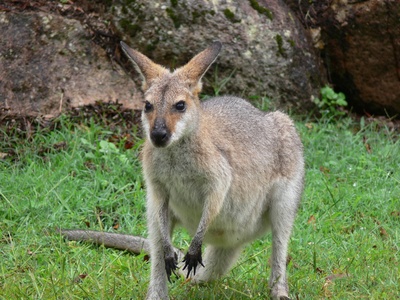
Kangaroo
Large marsupials known for powerful hind legs used for leaping. They carry their young, called joeys, in a pouch.
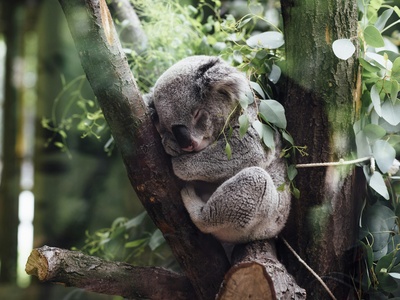
Koala
A tree-dwelling marsupial, not a bear, that feeds almost exclusively on eucalyptus leaves and sleeps up to 20 hours a day.
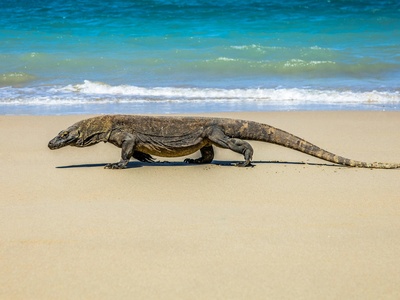
Komodo Dragon
The world’s largest living lizard, growing up to 3 meters long. It is a powerful predator with a venomous bite.
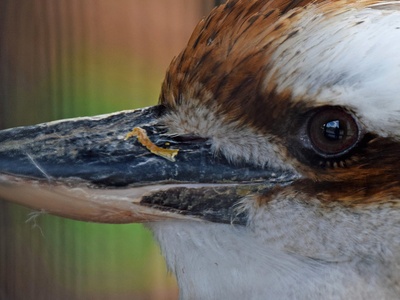
Kookaburra
A large terrestrial kingfisher famous for its call, which sounds like raucous human laughter. It’s a carnivorous bird.
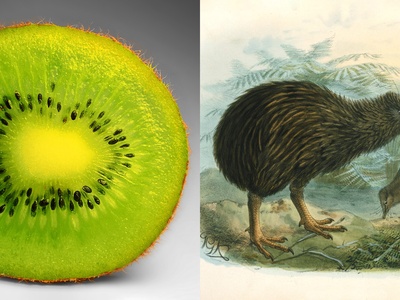
Kiwi
A group of flightless, nocturnal birds with long beaks used to probe for invertebrates. They lay unusually large eggs for their body size.
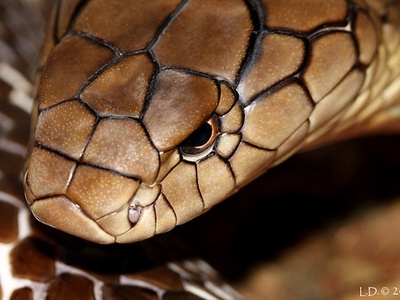
King Cobra
The world’s longest venomous snake, capable of reaching over 5.5 meters. It primarily preys on other snakes.
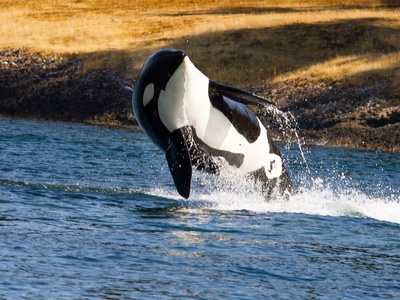
Killer Whale
Also known as the Orca, it is the largest member of the dolphin family and a highly intelligent apex predator.
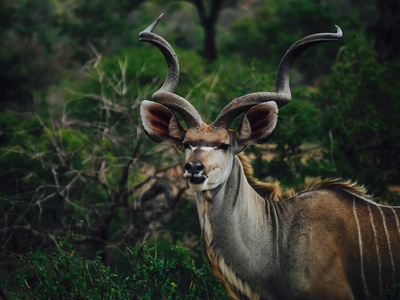
Kudu
A large antelope recognizable by the male’s magnificent long, spiral horns. They are browsers, feeding on leaves and shoots.
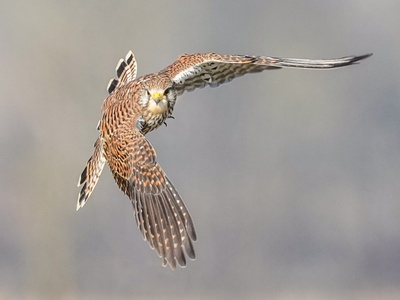
Kestrel
A small falcon known for its characteristic hovering flight while hunting for small mammals and insects.
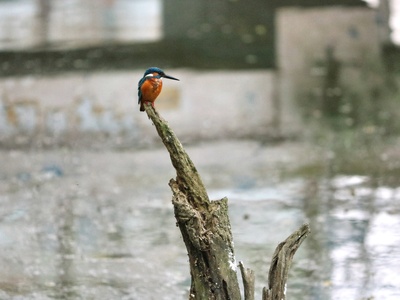
Kingfisher
A family of brightly colored birds with large heads and long, sharp bills. Most species hunt fish by diving.

Krill
Small, shrimp-like crustaceans that form enormous swarms. They are a keystone species in marine food webs, feeding many large animals.
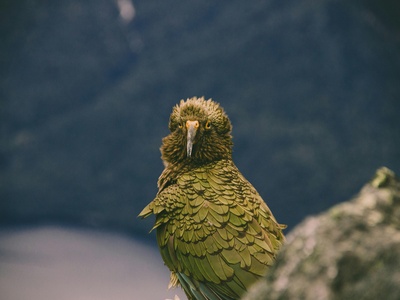
Kakapo
A critically endangered, nocturnal, flightless parrot. It is the world’s heaviest parrot and has a distinctive mossy-green appearance.
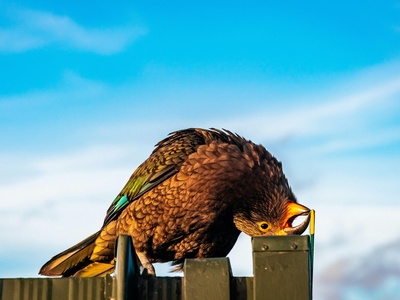
Kea
The world’s only alpine parrot, known for its intelligence, curiosity, and destructive behavior towards human property.
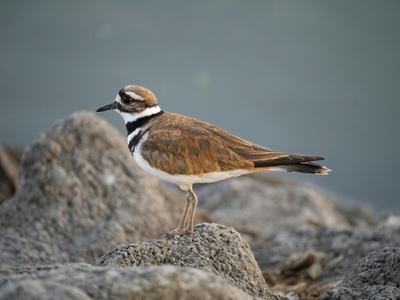
Killdeer
A large plover famous for its “broken-wing” act, used to lure predators away from its nest on the ground.
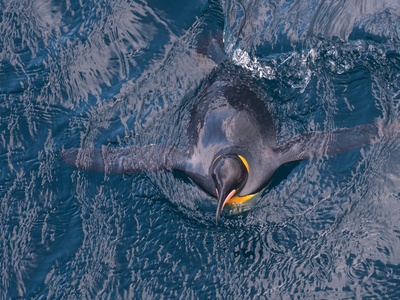
King Penguin
The second-largest penguin species, with a striking orange-yellow patch on its chest and head. They do not build nests for their single egg.
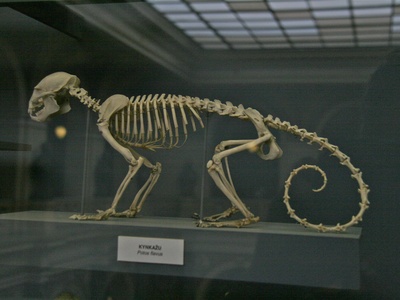
Kinkajou
A nocturnal mammal related to raccoons, with a prehensile tail for climbing. It primarily eats fruit, earning it the nickname “honey bear.”
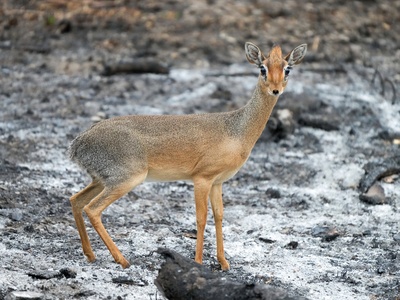
Kirk’s Dik-dik
A tiny antelope, standing only 30-40 cm tall. They form monogamous pairs and mark their territory with tears.
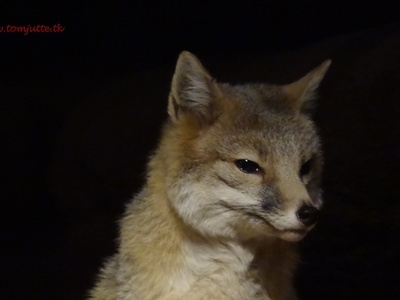
Kit Fox
The smallest fox species in North America, with exceptionally large ears that help it dissipate heat and locate prey.
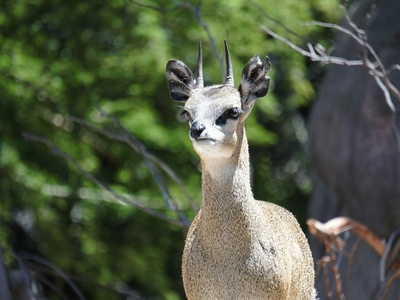
Klipspringer
A small, agile antelope that walks on the tips of its cylindrical hooves, giving it a superb grip on rocky surfaces.
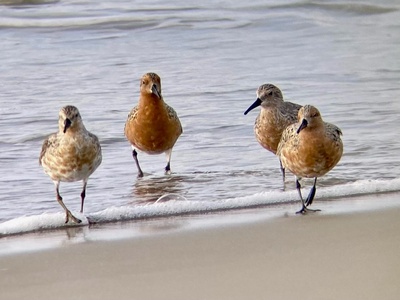
Red Knot
A stocky shorebird known for undertaking one of the longest migrations in the animal kingdom, traveling up to 15,000 km.
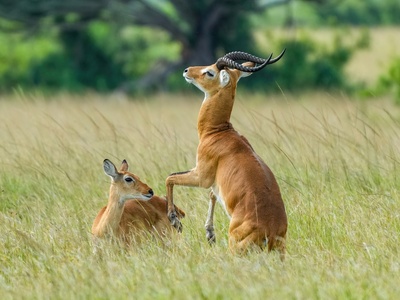
Kob
A medium-sized antelope where males have lyre-shaped horns and gather in breeding grounds called leks to display for females.
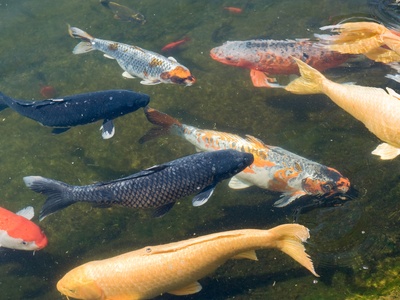
Koi
An ornamental, domesticated variety of carp. They are bred for their vibrant colors and patterns and are popular in outdoor ponds.
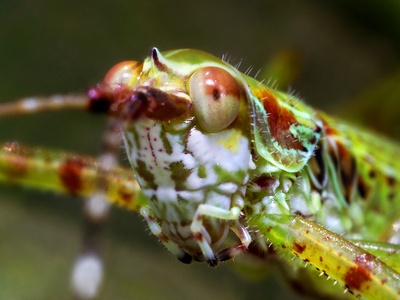
Katydid
Also known as bush crickets, these insects are masters of camouflage, often resembling leaves. They are known for their loud, nocturnal songs.
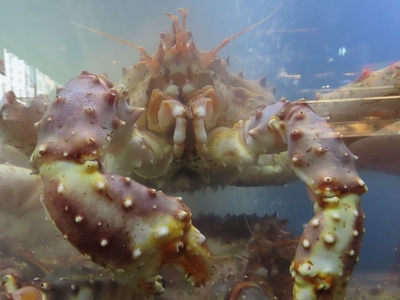
King Crab
A very large crustacean prized for its meat. Its leg span can reach up to 1.8 meters, making it a formidable-looking sea creature.
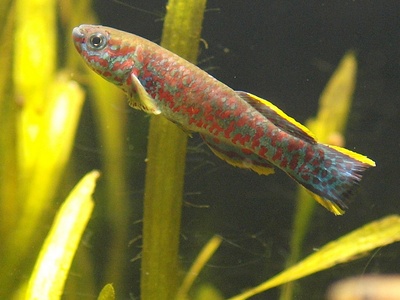
Killifish
A diverse group of small, often colorful fish. Some species are “annuals,” adapted to survive dry seasons as drought-resistant eggs.
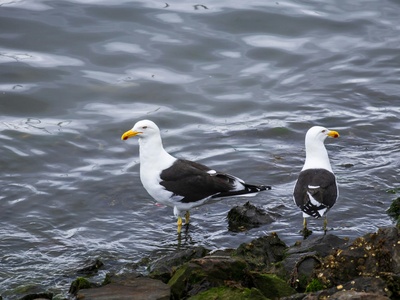
Kelp Gull
A large, adaptable gull with a white head, dark back, and a powerful yellow bill with a distinct red spot near the tip.
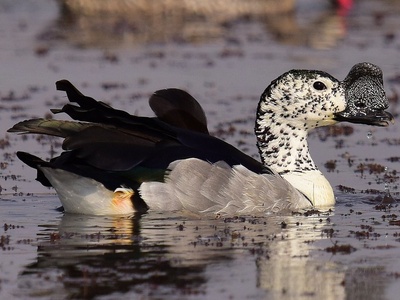
Knob-billed Duck
An unusual duck named for the prominent fleshy knob on the male’s bill, which enlarges during the breeding season.
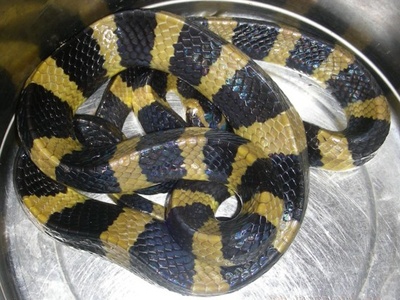
Krait
A genus of highly venomous snakes. They are nocturnal hunters that prey mainly on other snakes and have a potent neurotoxic venom.
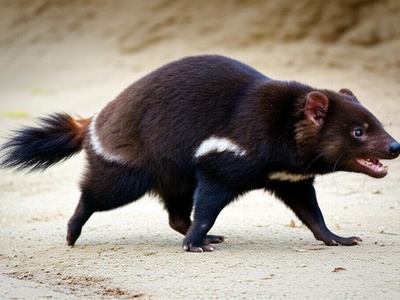
Kowari
A small, carnivorous marsupial with a distinctive bushy black tip on its tail. It is a fierce predator of insects and small vertebrates.
